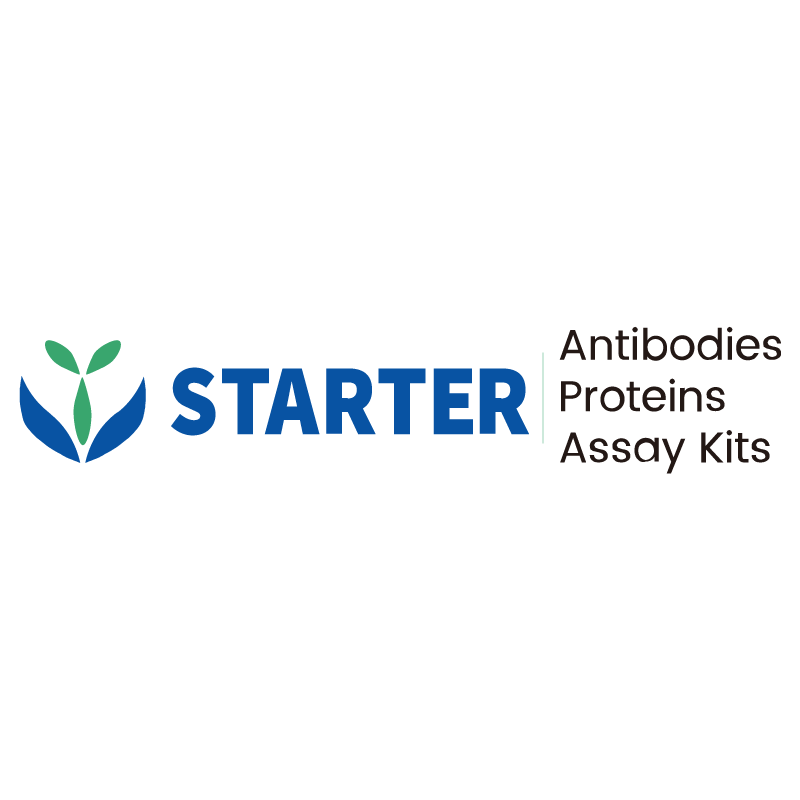2μg(R: reducing conditions)
Product Details
Product Details
Product Specification
| Species | Human |
| Synonyms | Cathepsin D, CTSD, CPSD |
| Accession | P07339 |
| Amino Acid Sequence | Protein sequence (P07339, Leu21-Leu412, with C-His tag) LVRIPLHKFTSIRRTMSEVGGSVEDLIAKGPVSKYSQAVPAVTEGPIPEVLKNYMDAQYYGEIGIGTPPQCFTVVFDTGSSNLWVPSIHCKLLDIACWIHHKYNSDKSSTYVKNGTSFDIHYGSGSLSGYLSQDTVSVPCQSASSASALGGVKVERQVFGEATKQPGITFIAAKFDGILGMAYPRISVNNVLPVFDNLMQQKLVDQNIFSFYLSRDPDAQPGGELMLGGTDSKYYKGSLSYLNVTRKAYWQVHLDQVEVASGLTLCKEGCEAIVDTGTSLMVGPVDEVRELQKAIGAVPLIQGEYMIPCEKVSTLPAITLKLGGKGYKLSPEDYTLKVSQAGKTLCLSGFMGMDIPPPSGPLWILGDVFIGRYYTVFDRDNNRVGFAEAARL |
| Expression System | HEK293 |
| Molecular Weight | Predicted MW: 44.3 kDa Observed MW: 54 kDa |
| Purity | >95% by SDS-PAGE |
| Endotoxin | <0.1EU/μg |
| Conjugation | Unconjugated |
| Tag | with C-His tag |
| Physical Appearance | Lyophilized Powder |
| Storage Buffer | Lyophilized from a 0.2 μm filtered solution of 20mM Citrate Buffer, 150mM NaCl, pH6.0. |
| Reconstitution | Reconstitute no more than 1 mg/mL according to the size in deionized water after rapid centrifugation. |
| Stability & Storage | 12 months from date of receipt, -20 to -70 °C as supplied. |
Background
Cathepsin D is a protein that in humans is encoded by the CTSD gene. This gene encodes a lysosomal aspartyl protease composed of a protein dimer of disulfide-linked heavy and light chains, both produced from a single protein precursor. Cathepsin D is an aspartic endo-protease that is ubiquitously distributed in lysosomes. The main function of cathepsin D is to degrade proteins and activate precursors of bioactive proteins in pre-lysosomal compartments. This proteinase, which is a member of the peptidase A1 family, has a specificity similar to but narrower than that of pepsin A. Mutations in this gene are involved in the pathogenesis of several diseases, including breast cancer and possibly Alzheimer disease.
Picture
Picture
SDS-PAGE
Presepsin (sCD14-ST) was prepared by cleavage of the Human CD14, hFc tag (Cat. No. S0A1048) by Human Cathepsin D Protein, His tag. Human CD14, hFc tag (100 μg) was reconstituted using a digestion buffer [0.1 M glycine–HCl (pH 3.5), 0.1% Tween-20, and 0.15 M NaCl] to obtain 1 μg/μL solution. The pH was adjusted to 3.5 using 1 M HCl. Then, 3.33 μg of Human Cathepsin D Protein, His tag was added and incubated for 1 h at 37 °C. The reaction solution was analyzed using SDS-PAGE.


